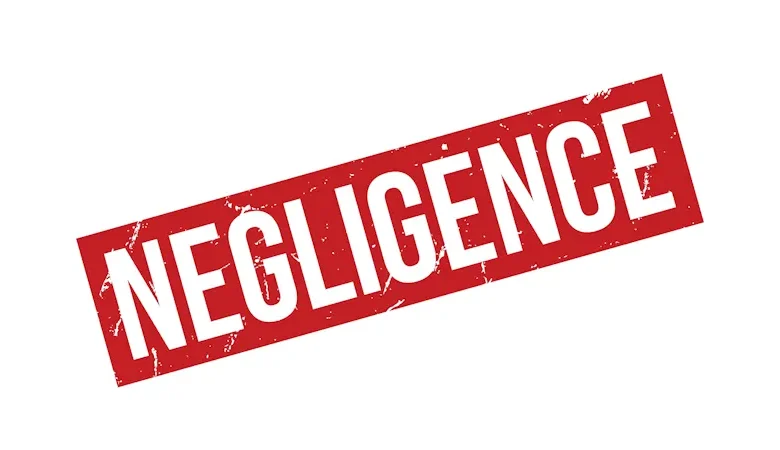Can You Sue for Professional Negligence? What You Need to Know

Professional negligence is a civil wrong that occurs when a professional person, such as a lawyer, an accountant, or an architect, makes a mistake while performing his or her professional duty, thus causing damage to the client. When a client hires a specialist, he/she expects the specialist to employ know-how and experience in the service. If the professional does not perform up to expectations, the client can end up being financially or otherwise harmed. This can lead the client to file a claim for compensation. The normal procedure for any claim for compensation is to have a lawyer from Quinn Law Group, LLC.
Key Elements of Professional Negligence
To understand professional negligence better, let’s look at its main parts:
- Duty of Care: In other words, the tort of negligence requires that a professional person provides the same amount of care as another prudent and reasonable person with skills in that particular field. This is known as “reasonable care.”
- Breach of Duty: In instances where the professional doesn’t do their expected tasks or when the professional lacks the competence, qualifications, or experience to produce the expected outcome, or the person has breached the duty.
- Causation: This means that the client has to prove that the professional’s negligence was the proximate cause of the loss sustained.
- Damages: The client has to provide evidence that he or she suffered some form of loss or damage, whether it is pecuniary loss or otherwise, due to the act of the professional.
If all these standards are complied with, the client may have a valid case of professional negligence and may seek redress.
Examples of Professional Negligence
Professional negligence can happen in many fields. Here are some common examples:
- Accountant: Misleading tax advice, which leads the client to have to pay more taxes than is desirable.
- Real Estate Agent or Conveyancer: Lack of attention to important property features that might reduce the value of a property once bought.
- Medical Professional: Medication administration of wrong drugs that could lead to adverse health complications or fatalities.
- Architect: Offering a building plan that doesn’t follow the legal requirements with the hope that the client would spend more money to correct the issues.
In all of these cases, if the professional had done his/her work right, the client would not have encountered the problem at all.
Signs of Professional Negligence
Clients don’t always notice professional negligence. Here are some signs to consider:
- Conflicting Advice: If a professional keeps changing their advice, they may be unsure of what they’re doing.
- Slow Communication: If responses are slow and excuses are frequent, it could lead to problems. Delays can cause missed deadlines and losses.
- Worsening Condition: In medical cases, if treatment isn’t helping or makes things worse, it may be negligence.
Do You Have a Claim?
To check if you have a claim, ask these questions:
- Did the professional have a duty to help you?
- Did they fail in this duty?
- Did their failure cause you harm or loss?
Just slow communication or small issues aren’t enough. You need proof of harm caused by their actions.
How to Avoid Negligence Claims
If you’re a professional, here are ways to avoid claims:
- Communicate Clearly: Answer clients quickly. Keep them updated.
- Follow Standards: Stay updated and provide correct advice.
- Keep Records: Document all advice, actions, and talks with clients.
- Be Honest: If a mistake happens, admit it. Fix it early if possible.
Protect Yourself from Professional Negligence
Professional negligence can harm both clients and professionals. Knowing the basics—like duty and breach—helps clients spot issues. It also helps professionals avoid problems. Clients may get compensation if there’s proof of harm. Professionals should stay updated, communicate well, and act responsibly.



